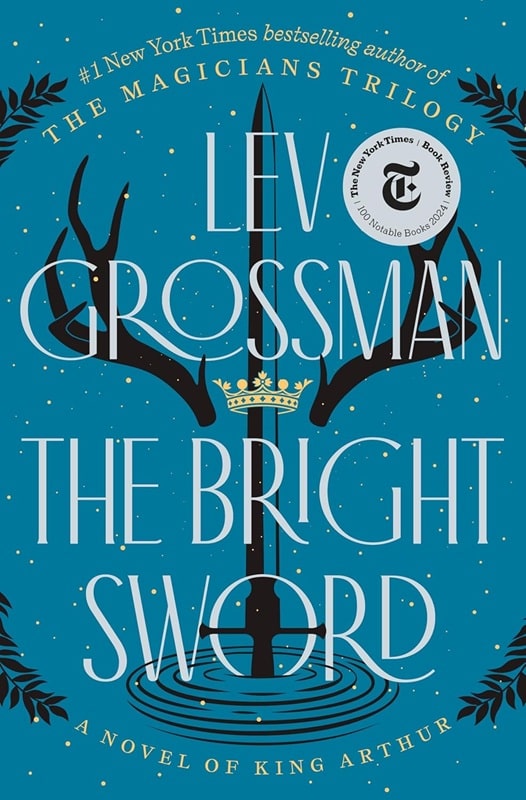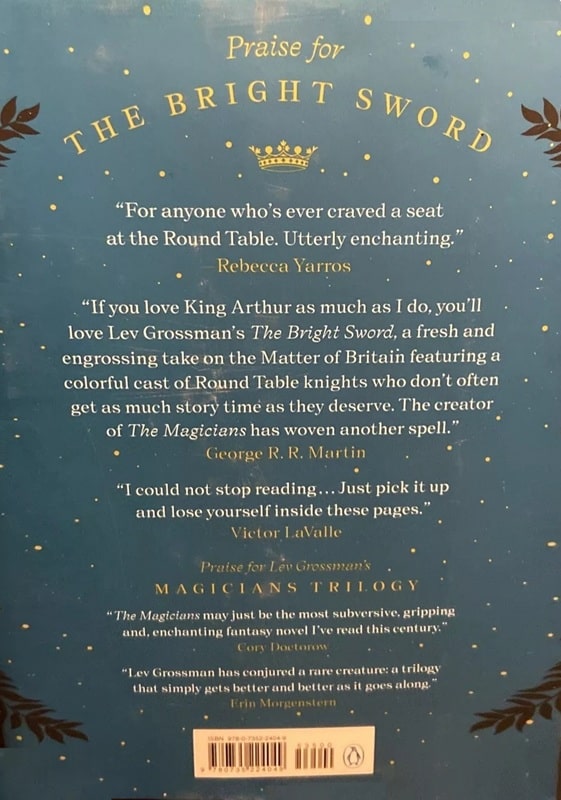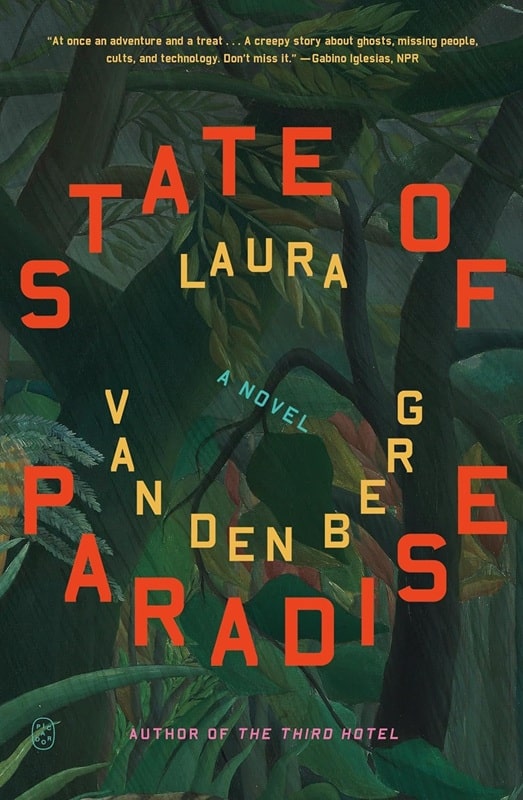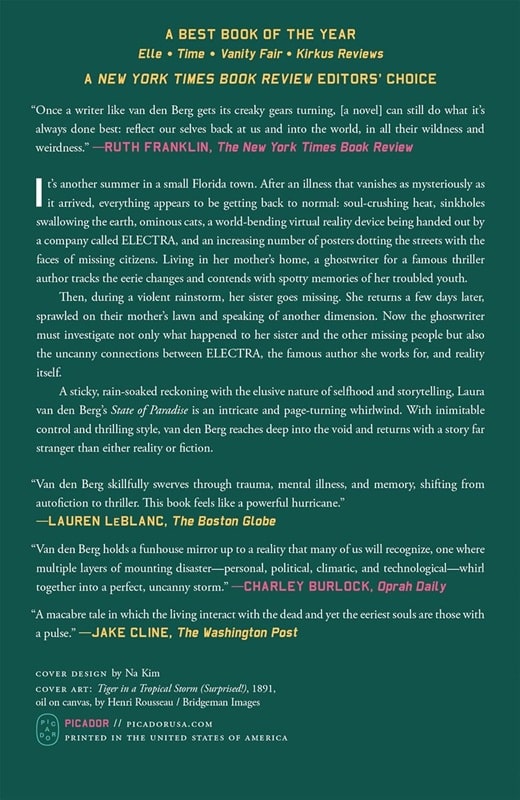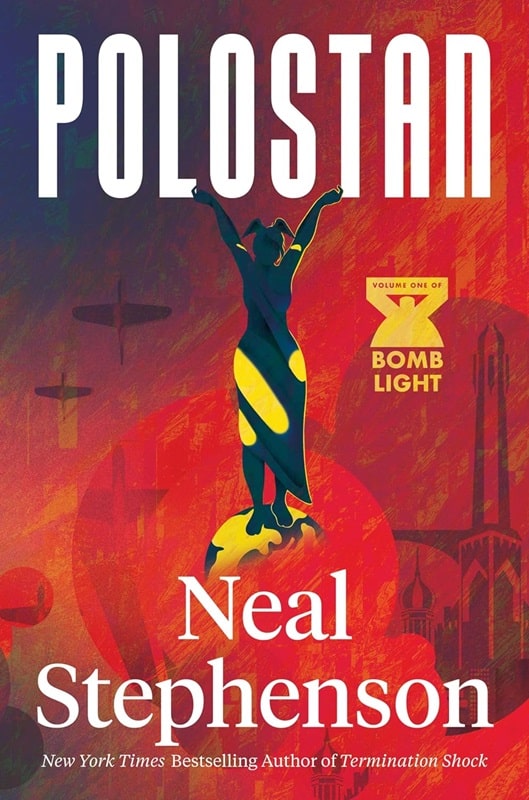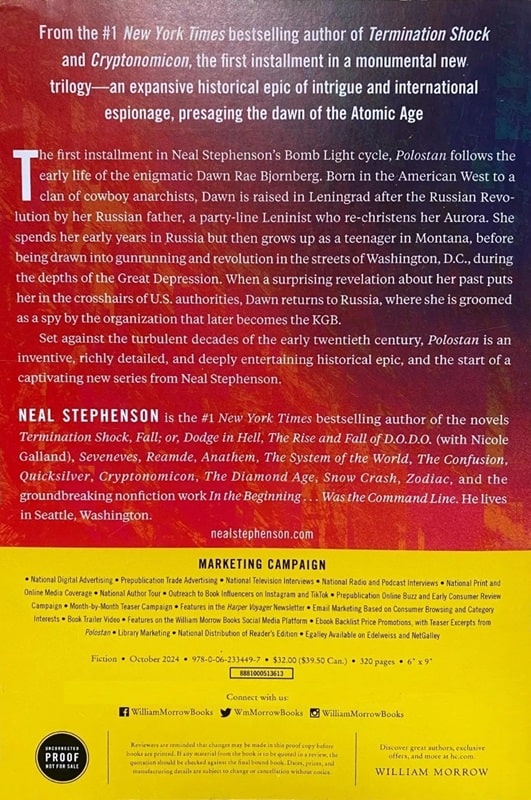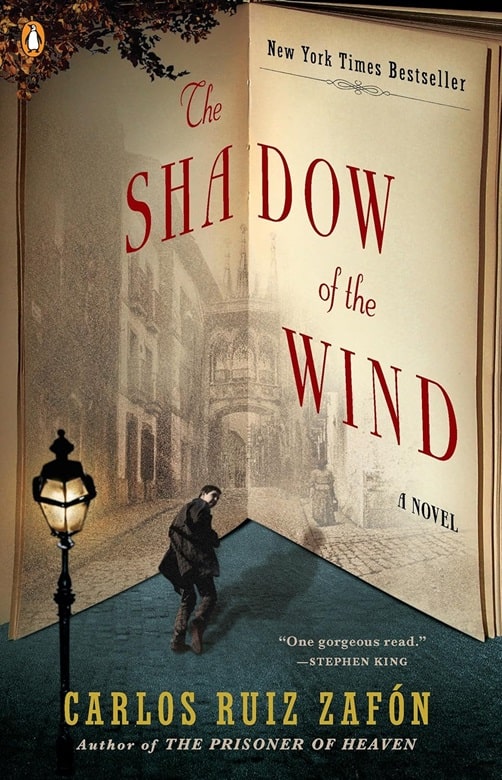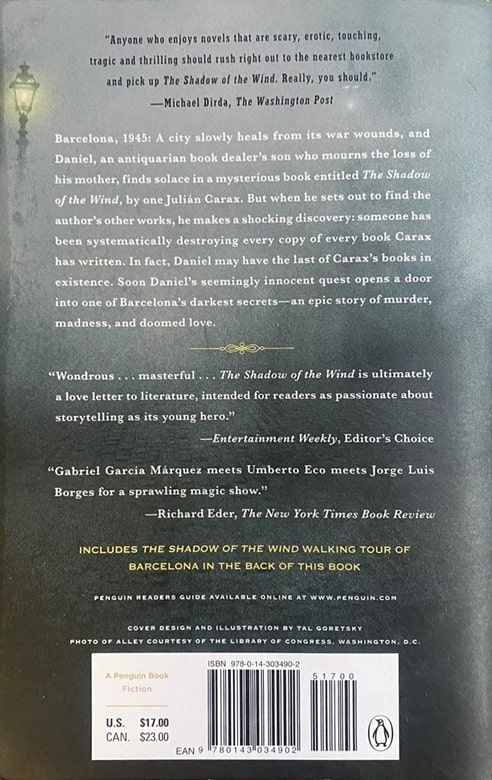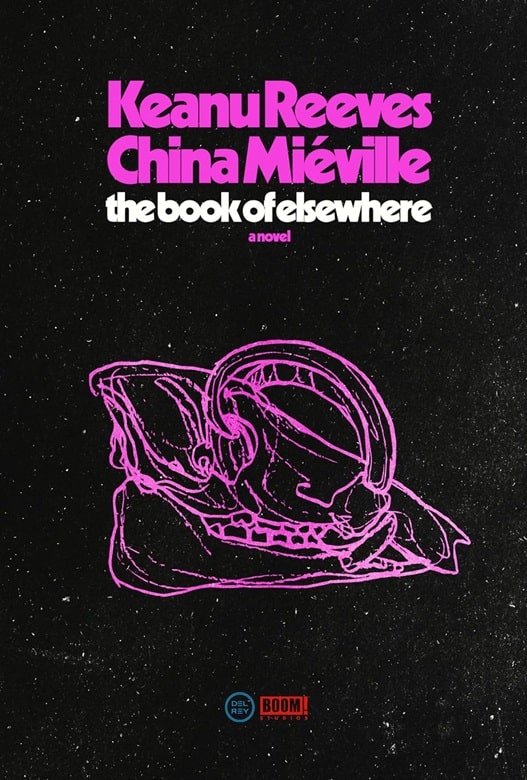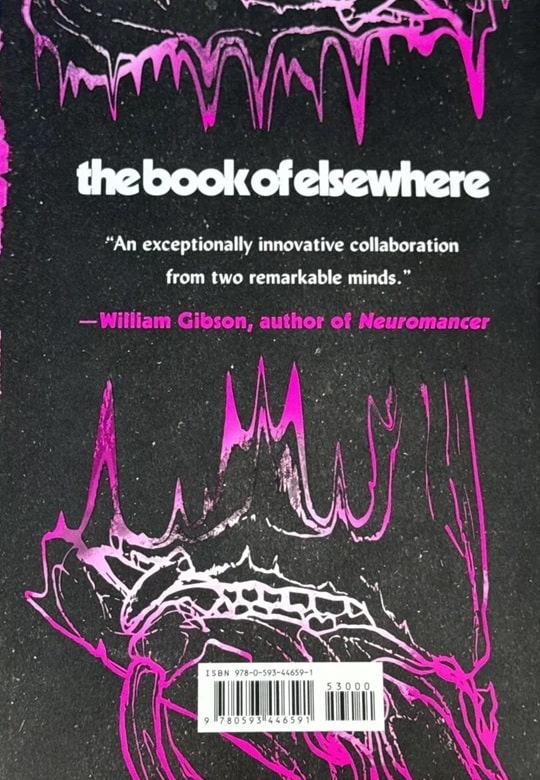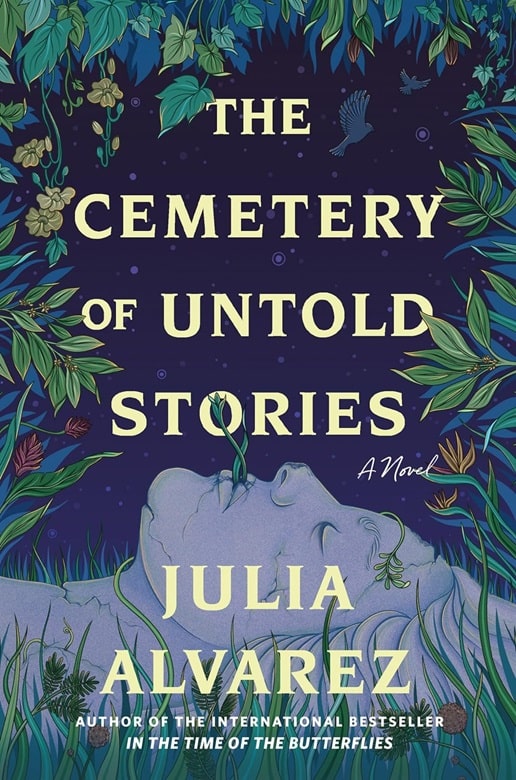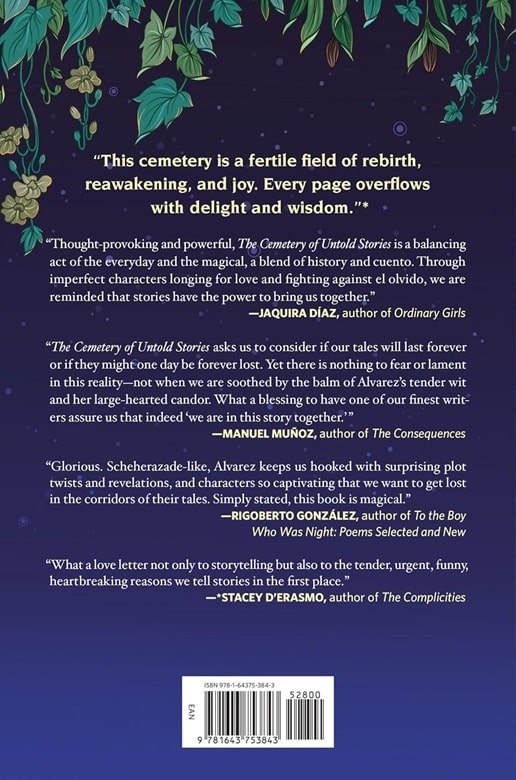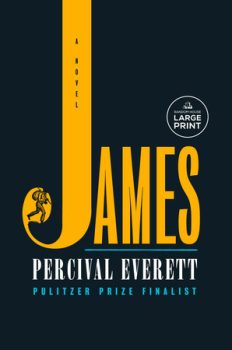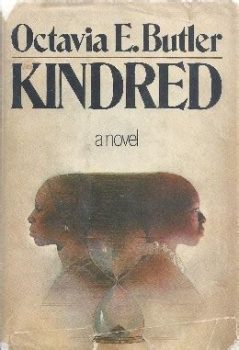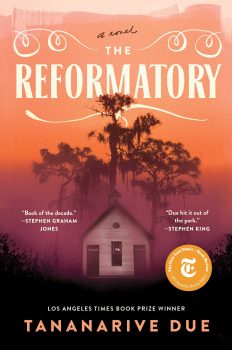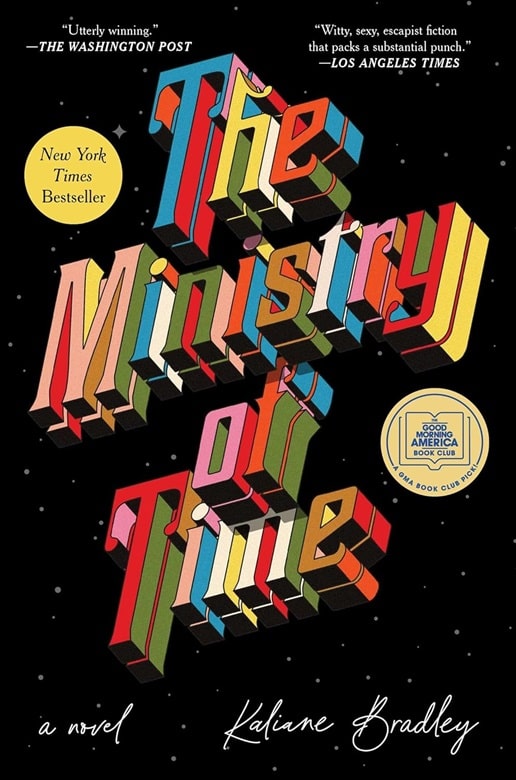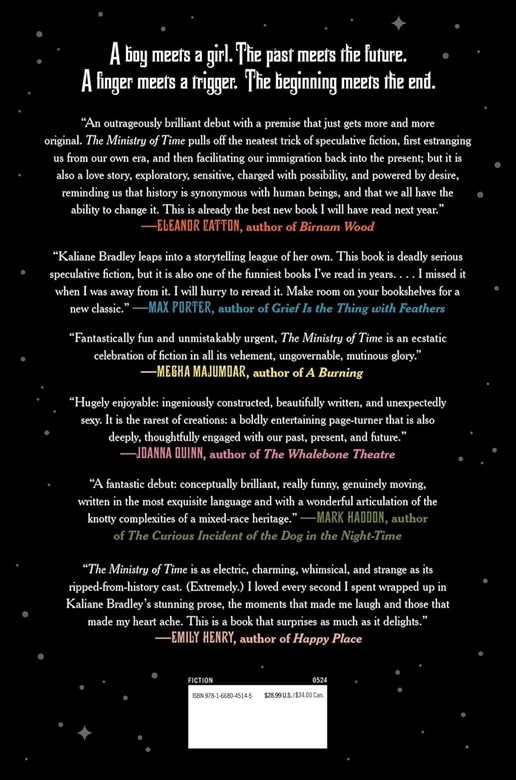Houses of Ill Repute: Witchcraft for Wayward Girls by Grady Hendrix and Starling House by Alix E. Harrow
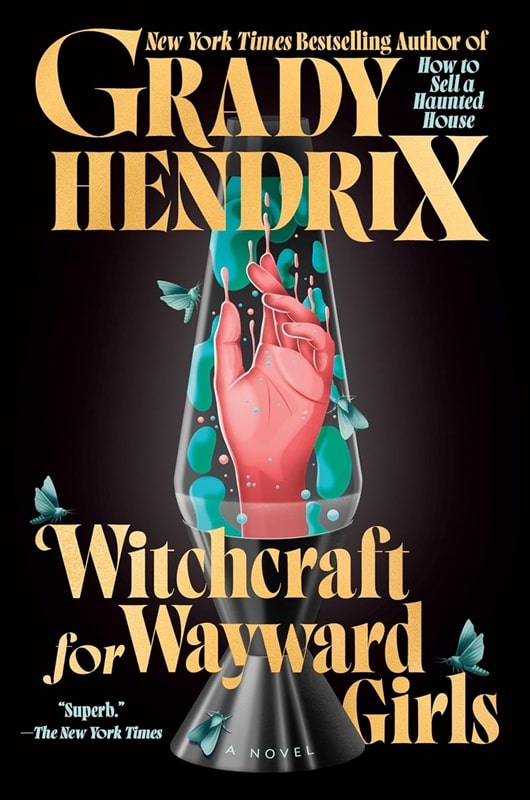 |
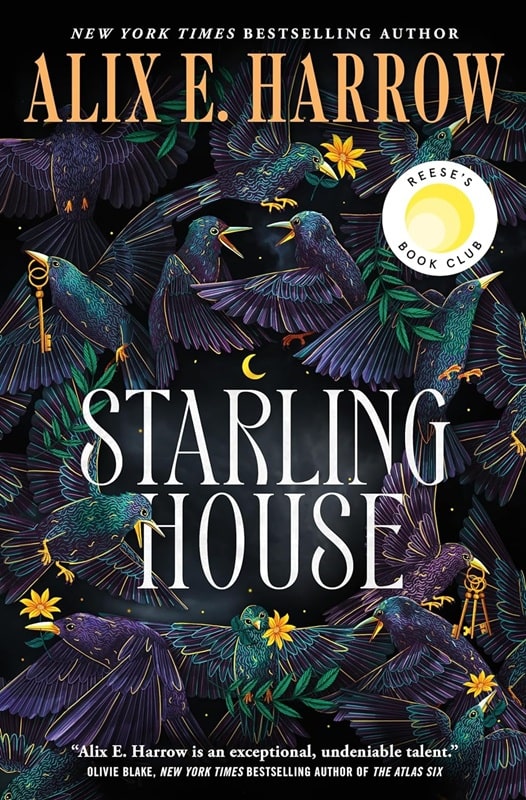 |
Witchcraft for Wayward Girls by Grady Hendrix (Berkley, January 14, 2025) and
Starling House by Alix E. Harrow (Tor Books, October 3, 2023). Covers: uncredited, Micaela Alcaino
No, not that kind of house of ill repute (though I confess I thought the semi-salacious implication of the headline might get some of you to read a bit further, though of course not you who are reading this now, just all those others). Rather the gothic trope of the creepy house, the mansion where ancestral secrets lie, where bad things happen. From The House of Seven Gables to The Fall of the House of Usher to Wuthering Heights to more contemporary (all the more so because they actually existed) houses of horror such as Colson Whitehead’s Nickel Academy and Tananarive Due’s Dozier School of Boys, these are places that present a facade of safety, but are far from it.
That’s the kind of house found in Grady Hendrix’s Witchcraft for Wayward Girls. Don’t be put off by the middle school YA sounding title. Homes for “wayward girls” actually existed in mid-20th century Florida. It was where unmarried pregnant teenagers were sent to have their babies, give them up for adoption, and then return to “normal” life with their and their family’s “reputations” intact.
